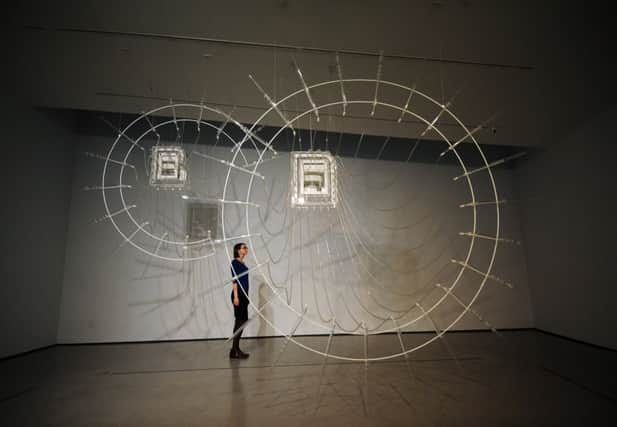Opinion: Recognising value of creativity


The guide price had been barely half that amount, but as Clare Lilley at the Yorkshire Sculpture Park told this newspaper before the gavel hit the table, many regions of the world would give their eye teeth to claim a connection with our own.
It was against this covetous backdrop that the Hepworth Prize for Sculpture was presented in Wakefield last night, to Cerith Wyn Evans.
Advertisement
Hide AdAdvertisement
Hide AdHosted by the gallery named after Moore’s Yorkshire contemporary, the no less collectable Barbara Hepworth, this is now one of the biggest arts awards in the country. It has been called the North’s answer to the Turner Prize, and not without reason. Indeed, its first winner, Helen Marten, went on to win the Turner itself.
It is not by accident that the West Riding now finds itself at the epicentre of Europe’s modern sculpture movement. The venues that perpetuate the names of Moore and Hepworth in Leeds and Wakefield – the so-called Sculpture Triangle – will host next year the biggest celebration of the genre the country has seen, with large-scale works in three cities and a summer-long festival.
This has been made possible because the region has recognised the value of its creative artists and their ability to generate economic benefits – not just for a handful of auction goers but for tourism in the communities from whence they came.
Liverpool has the Beatles; Yorkshire, it can now be demonstrated, has its Moore and Hepworth.